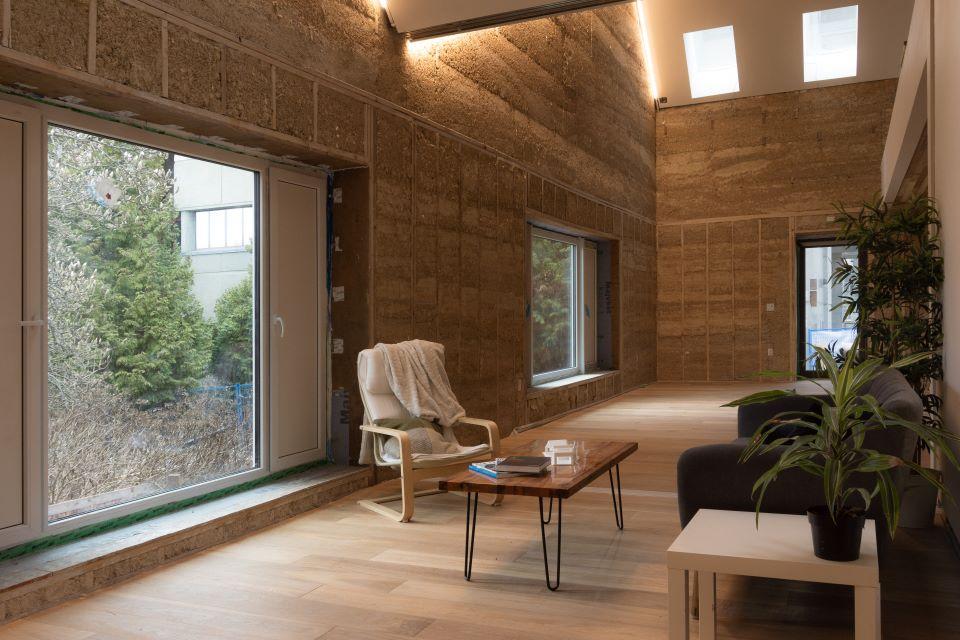
In April, the Faculty of Applied Science welcomed students into a vibrant new teaching and learning space that is one of Canada’s first institutional spaces designed to be near-zero embodied carbon.
The bright and airy 2,400-square-foot wood frame building, called Third Space Commons, emitted nearly-zero carbon emissions during construction, a feat that many view to be the final frontier facing carbon emissions reductions across the global building industry. Virtually every material, construction technique and design element of the project was chosen for its ability to lower or even capture carbon emissions.
It’s also the first such building designed by students.
Third Quadrant Design, a 60-member student engineering design team with members across UBC disciplines, managed the project from conception through to completion, assembling a group of supportive industry partners who provide mentorship and guidance. “We sought to create an addition to campus that encourages interdisciplinary action on climate change, both as an example and through its eventual use. As a sustainability living lab and flexible collaboration space, we hope Third Space Commons will inspire future building industry leaders and cultivate innovation,” says UBC architecture student Katie Theall, the project’s architecture lead.
The thermal insulation is made of hempcrete – a mixture of hemp fibres and lime which captures carbon from the atmosphere as it sets. It eventually turns into a concrete-like material but one that’s made primarily out of a renewable, carbon-sequestering natural fibre.
Real concrete, which accounts for a significant proportion of building construction-related emission in British Columbia and around the world, is virtually absent on the project. The foundation of the building is made of reusable steel piles. The team also choose light wood framing rather than engineered wood for the majority of the building’s structure. The latter is manufactured using glues derived from fossil fuels, which makes it more carbon intensive.
“Construction waste is an issue we wanted to tackle,” says construction lead and civil engineering student Peter Ehrlich. “We sourced our materials sustainably, prioritizing the adaptive reuse of materials from other construction sites in Vancouver where possible. Our windows, solar panels, appliances, and much of our lumber was on its way to a landfill.”
Please visit the Faculty of Applied Science website to read the full story.
Through Strategy 2: Inspiring Spaces, UBC is dedicated to establishing accessible and inspiring physical and virtual spaces in order to promote learning, innovation and interaction.